Ker & Downey Africa > Journal > Fireside Chats with Patrick Woodhead
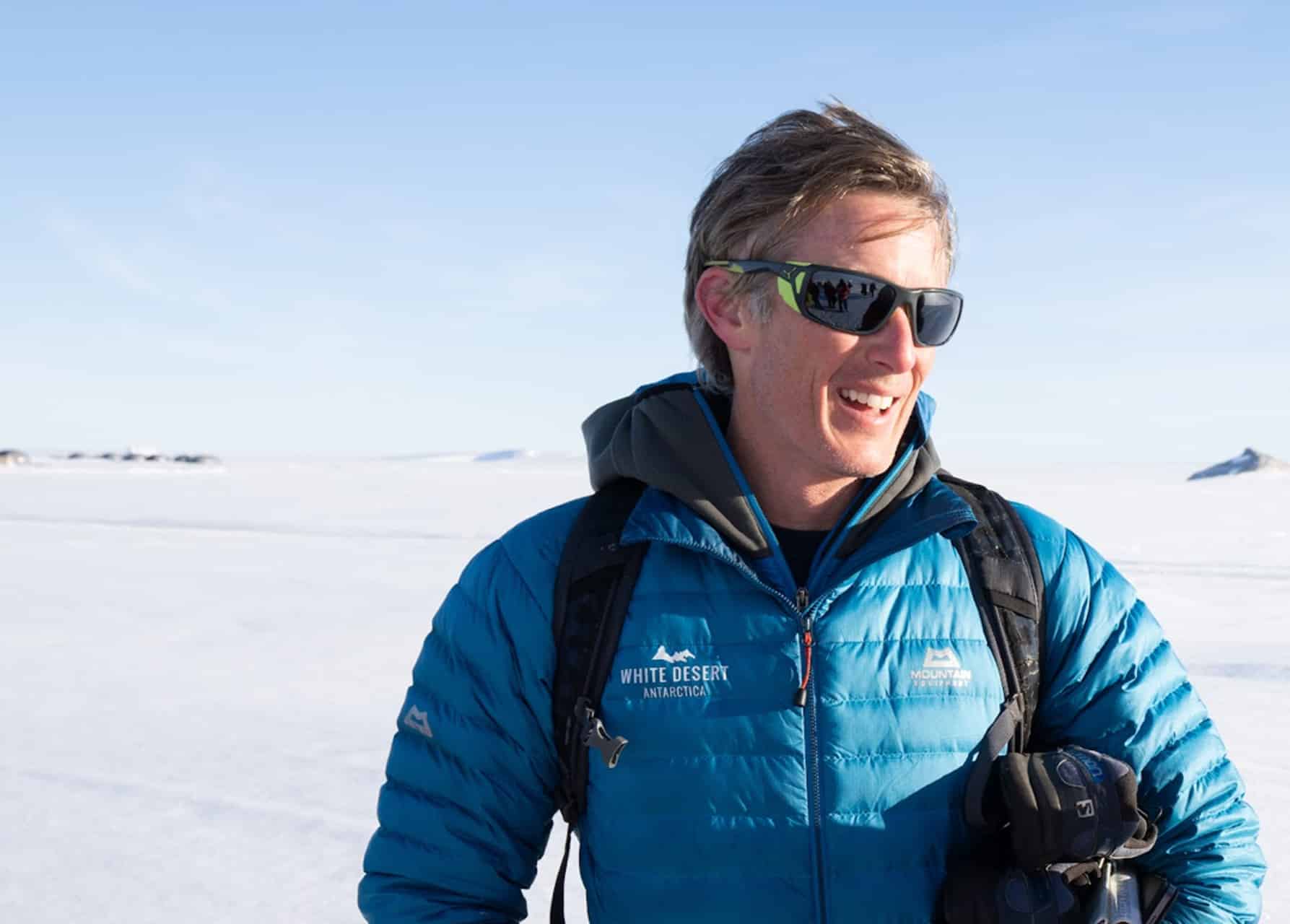
When I was a teenager, I heard Sir Ran Fiennes speak at the Royal Geographical Society. He talked of all these different expeditions including polar traverses and I felt an overriding sense of jealousy – I wanted that kind of extraordinary life. After leaving University and having no idea what I wanted to do, for about 10 years, I went off and did these expeditions.

We had to raise money from sponsors or from writing books or articles and we went off to these unmapped places. And then inevitably we got focused on Antarctica because there is so much in the Continent that has never been done before. Going somewhere new was the exciting part, not doing what everyone else had already achieved.
The most uncomfortable moment in my whole career as an explorer is dangling upside down in a 60 foot crevasse, trying to rescue a friend who had been stuck down there for 6 hours and being told by the Russian doctor on the top that I had to take a needle and inject something into his neck to stop him going into shock as we tried to rip him out of the crevasse on a big rope.
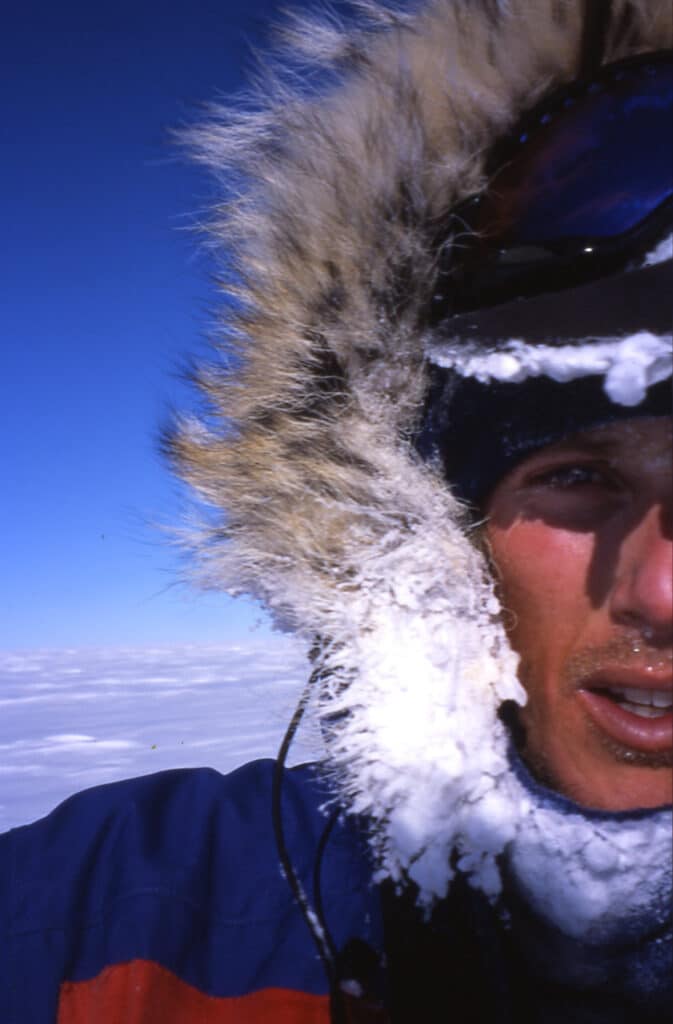
I was trying to explain to the Dr that I’d never given an injection before and him going – it doesn’t really matter as he’ll be dead in half an hour anyway if we don’t get him out. And that was definitely a weird and surreal and yeah, scary moment. Luckily we got him out!

Robyn and I met in the UK. She’s South African and I’m British. We both had a similar desire to explore the world. The moment of inspiration for White Desert came during a 1,850km expedition on foot across Antarctica with three teammates. For four days a storm had raged outside and all of us were feeling a little defeated – we were getting low on supplies and even worse, starting to tell the same stories! Then we began to wonder why only scientists and the occasional polar explorer ever got to see the real Antarctica, the interior of the Great White Continent.
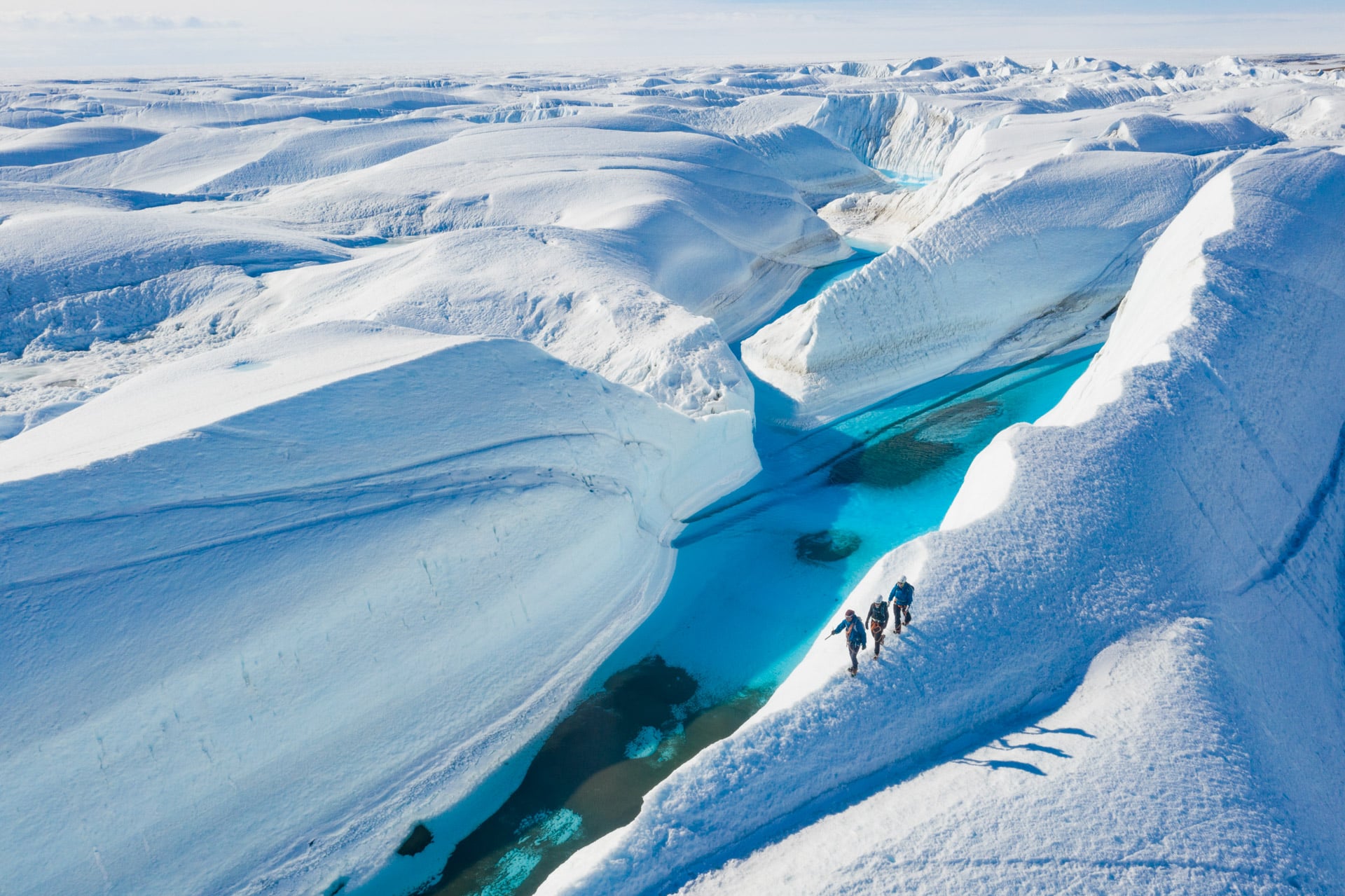
By then, Robyn and I had both spent time in Antarctica and envisioned sharing this region with people, possibly influential change-makers, other than scientists and explorers obviously. We wanted to guide people on a personal journey to what we felt was the last true wilderness on Earth.
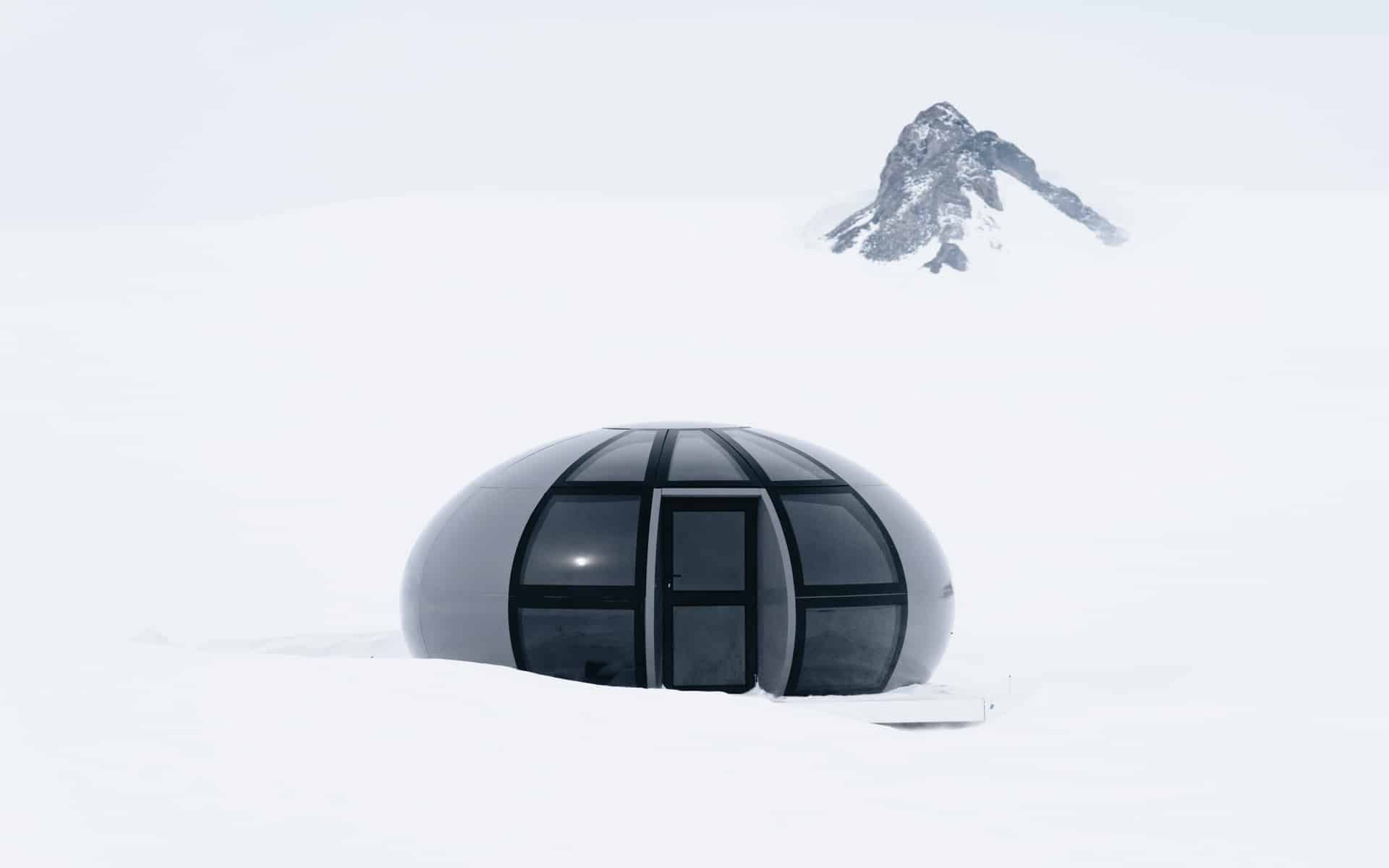
Traditionally people have looked towards the past and made camps harking back to the golden age of exploration, with brass and leather and inspiration from the likes of Shackleton. Elements of our Wolf’s Fang and Whichaway camps reflect this. We had all these fabulous conversations about Mars and living on the moon with Buzz Aldrin and Colonel Terry Virts who ran the International Space Station. So with Echo we looked to the future and said let’s build something with a design that feels more forward looking. This is an ultra-modern concept which looks far more akin to the interior of the Millennium Falcon than it does to an old explorer camp. We have these cutting edge fiberglass domes that look like something out of a lunar or Martian outpost.
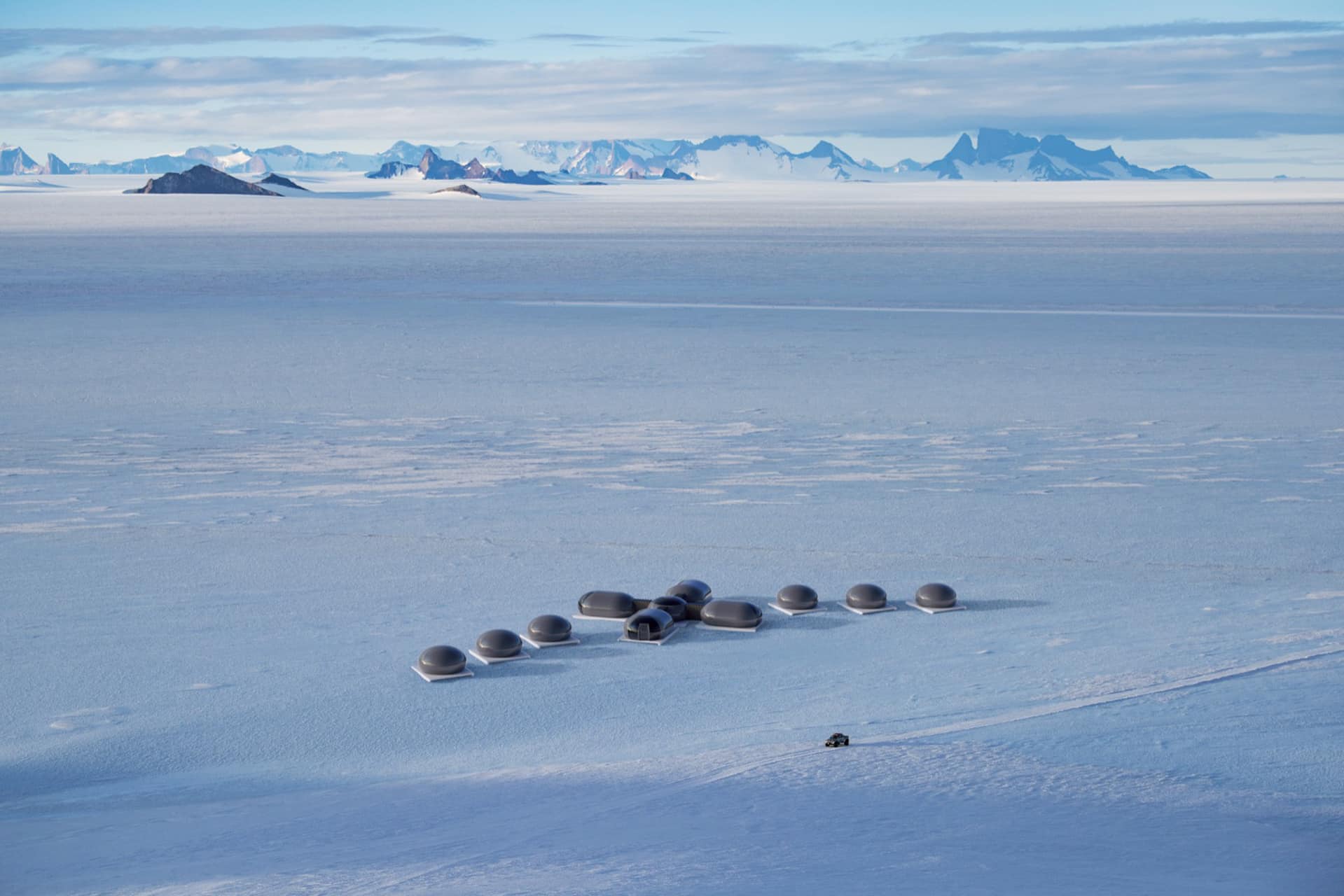
The fusion of ‘space’ and ‘exploration’ seemed entirely natural to the Antarctic environment, as only there do we get such vast moonscapes, needle-point mountains and incredible ice formations. I am often asked what traveling to Antarctica is really like and my response is always the same – it’s the closest you can get to being on another planet.
And inside, everything’s ultra-modern, but it looks like it could be on a spaceship. So you have these incredible floor to ceiling glass windows that give you this extraordinary view of the jagged peaks and monolithic mountain ranges from the comfort of your bed.

So when we first started building the camps, we did huge environmental impact assessments and then designed a camp with no foundations. So when we leave, there’ll be literally no trace. We designed our entire supply chain to eliminate plastics from the very beginning, when we prepared all our food and equipment before going into Antarctica. We backload smaller items of rubbish on every flight. When it comes to bigger items, all of this refuse is traversed back to the icebreaker vessel and shipped back to Cape Town. We then have an operator in South Africa that recycles all items that can be – plastics, metal etc, while the human waste is composted.
White Desert has been Carbon Neutral since 2007. We offset all our flights, activities and projects to ensure that we achieve net-zero greenhouse gas (GHG) emissions. Going forward we are exploring projects in South Africa that we can support out of a White Desert Foundation such as a seagrass meadow regeneration project. Seagrass captures carbon up to 35 times faster than tropical rainforests and, even though it only covers 0.2% of the seafloor, it absorbs 10% of the ocean’s carbon each year, making it an incredible tool in the fight against climate change.
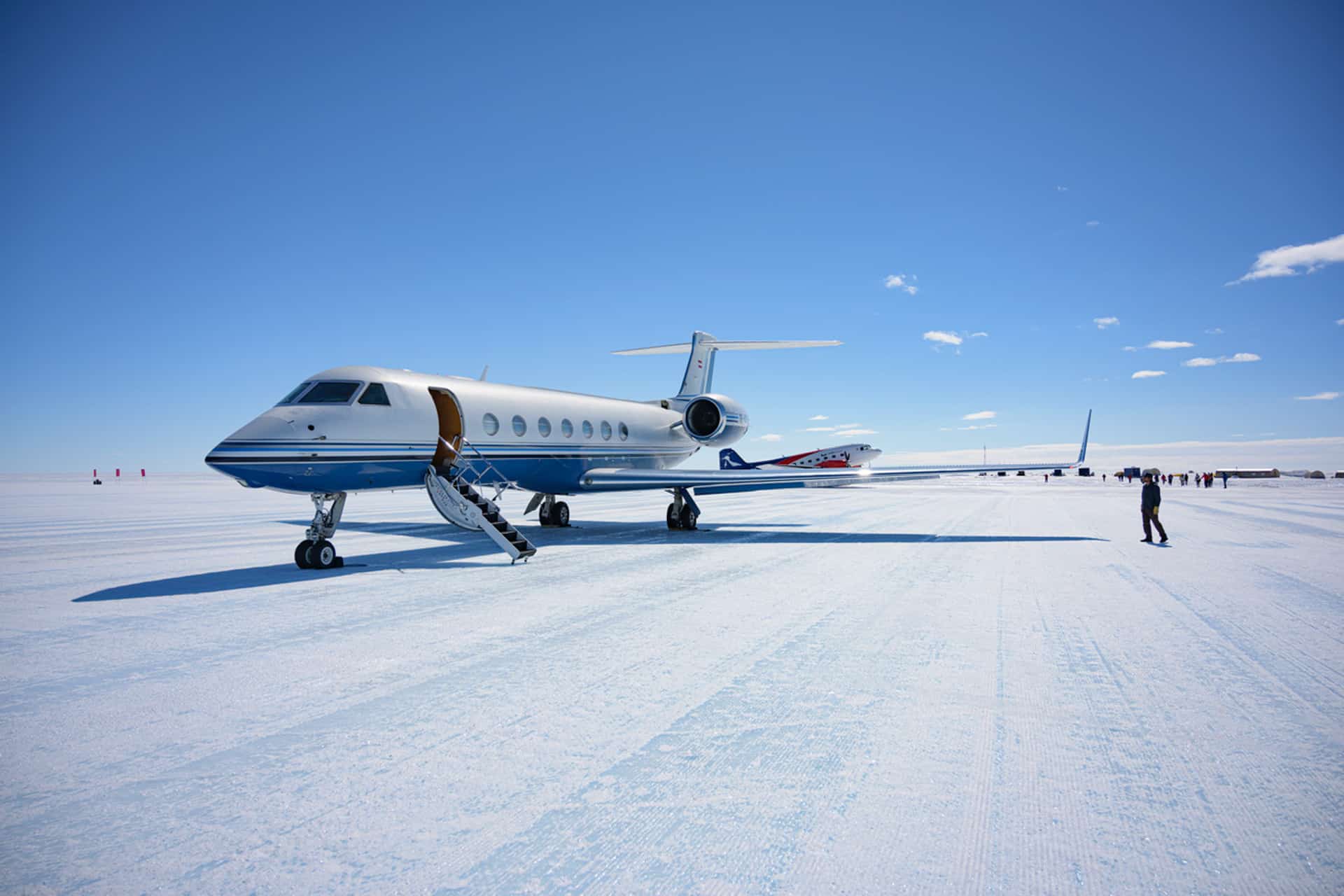
Sustainable practices are implemented across every aspect of our operation proving that travel can most certainly be a force for good. Sharing our aircraft with both scientists and visitors, assists in delivering scientists to their research bases more efficiently, thereby reducing environmental impact. We are also the first Antarctic operator to make use of Sustainable Aviation Fuel (SAF). The one thing we couldn’t really affect was the jet fuel that we were burning in the planes. We would offset all the emissions using carbon neutral companies, but that was only offsetting them. What’s exciting moving forward is that we’ve bought a test quantity of sustainable aviation fuel or SAF. SAF is a new type of biofuel, specifically designed for jet engines that we can just replace. It’s more expensive, but it has a radical impact on the amount of carbon that’s submitted. And secondly, it also produces much less particulates or soot.
Papua New Guinea. I did an expedition through the Congo with a great jungle explorer called Oli Steads. He spoke endlessly about his time living for a couple of years with an indigenous tribe and I was captivated by the wild culture, untamed landscape and the ability to get into a real adventure. It’s still possible to get into totally unexplored areas there.
Nelson Mandela, Muhammad Ali, Leonardo da Vinci
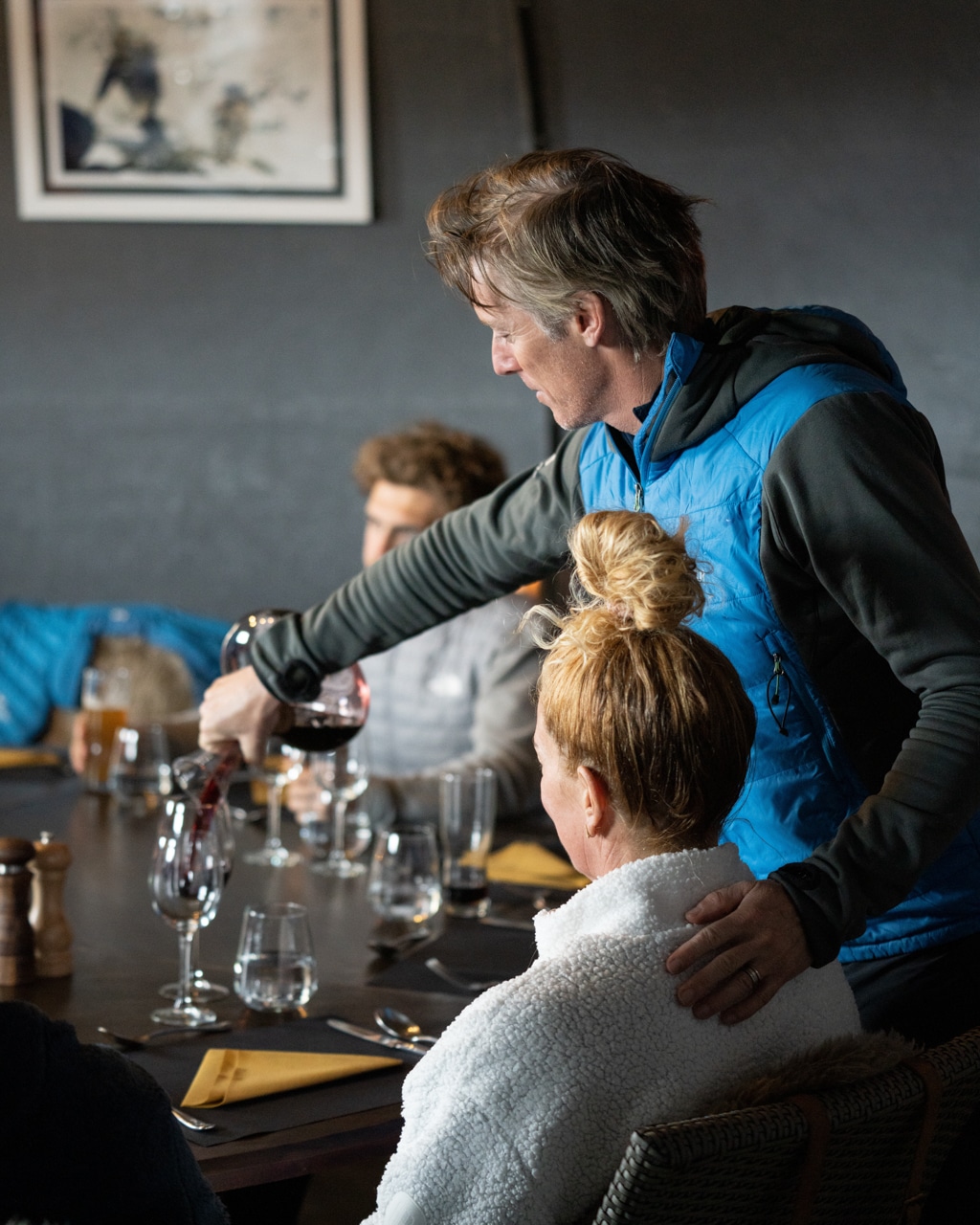
Immense. Surreal. Wild | Beyond your imagination | Complex operating environment
Keep an eye out for more conversations and inspiring stories from bold achievers from both in and out of the travel industry with Ker & Downey® Africa’s Fireside Chats. There’s plenty more in store to whet your adventure appetite!
Head office:
7 Bree Street, 6th Floor, Touchstone House, Cape Town, South Africa
+27 (0)21 201 2484
[email protected]
United Kingdom: Sportsman Farm, St Michaels, Tenterden, Kent
Ker & Downey® Africa is compliant with COVID-19 Industry Protocols.


Head office: 7 Bree Street, 6th Floor, Touchstone House, Cape Town, South Africa
+27 (0)21 201 2484
[email protected]
United Kingdom: Sportsman Farm, St Michaels, Tenterden, Kent
Ker & Downey® Africa is compliant with COVID-19 Industry Protocols.